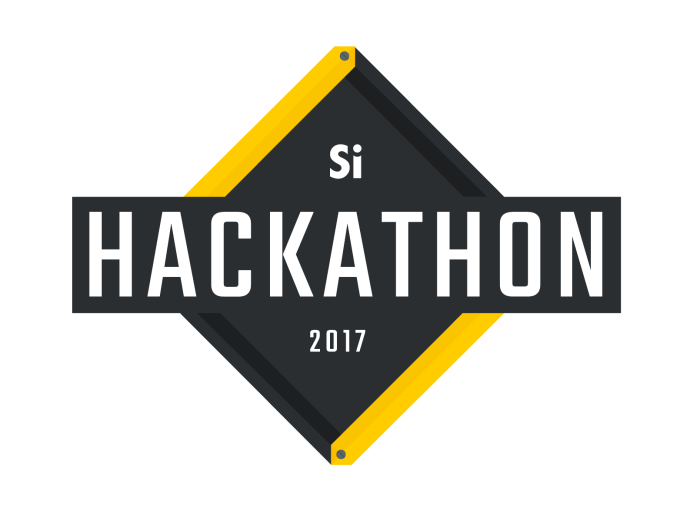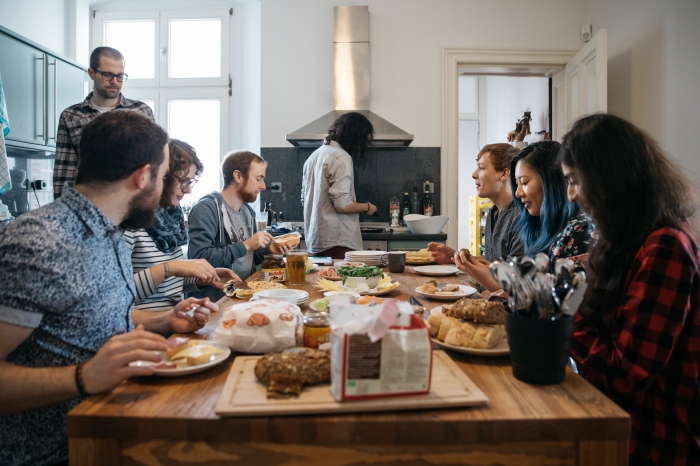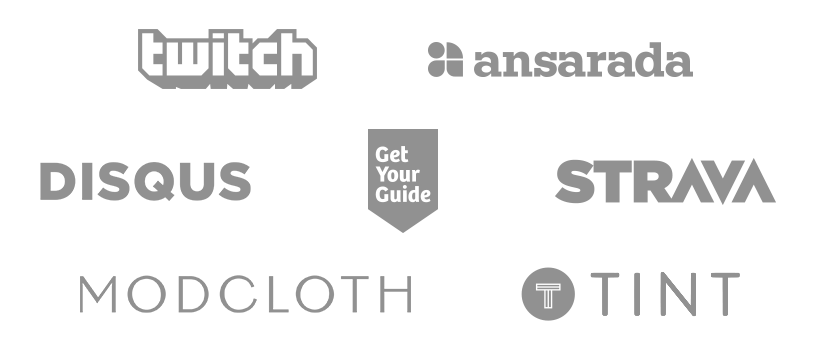The first half of 2017 has been quite a busy year for us. With all the features that’ve been rolling out, fixes to deploy, improvements to discuss, design and implement, it can be hard to organise an event that won’t disrupt everybody’s flow. Until we realize that there is never a “right” time.
Here in Small Improvements, we try to make sure that everyone has time to play around with their ideas. Earlier this year, we even decided to gather up the entire 5-person design team for a 2-day illustration hackathon where we experimented with different illustration techniques and brainstormed ideas on how we can expand our Small Improvements universe even further. It was a good experience having all of the design team members gathered in one room, bursting with ideas and energy and discussions. We learned a lot, not just about the art of illustrating ideas itself (and how challenging it could be), but also about ourselves and the design team member’s strengths and weaknesses as well.
But first, breakfast.
We conducted our company-wide hackathon last August 17-18. At Small Improvements, hackathons are a way for everyone in the company to come together and build something that is somewhat related to the product.
Traditionally, a hackathon starts on a Thursday afternoon and runs until the end of the next day. But this time we made an exception, we decided to run it the entire 2 days with the condition of doing ”normal” work like responding to emails and fixing bugs that were labeled critical.
As with most events in-house that starts in the morning, we started the day with a breakfast followed by a kickoff where everyone can talk a little bit more about their idea. Generally, people are encouraged to write a mini-spec about their ideas at least a few days ahead so that each participant can have an idea of which project they want to work on before the kickoff day. These sub-teams can be a mixture of different teams — doesn’t matter if you’re a combination of the Marketing, Design, or Development team. And of course, going solo is totally acceptable too!
After the kickoff, everybody is free to work on their project however they want, wherever they want.
Presentation day
Hangouts, drinks and food compose much of the presentation hour. Each team is required to present a demo or a mockup of the project that they worked on. Ideas ranged from developing an internal tool for tracking where and how budgets are spent to sentiment analysis and even a zen mode for when writing feedback. While not every project will end up in the roadmap, it was still great to see cool and interesting ideas implemented in such a short amount of time!
Key takeaways
- Having the opportunity to work together across teams is a tremendous help in getting insight and ideas that otherwise developers or designers might not think about.
- Plan ahead! The last hackathon has been announced almost a month ahead and the exact date has been voted for using Doodle. This allows everyone to have a lot of wiggle room to sort out their schedules and think about the project they want to work on.
- We’ve realized that people had different perceptions on how / what a hackathon is. And so we learned that we should work on making it clear for everyone while still encourage them to do cool and crazy projects.




